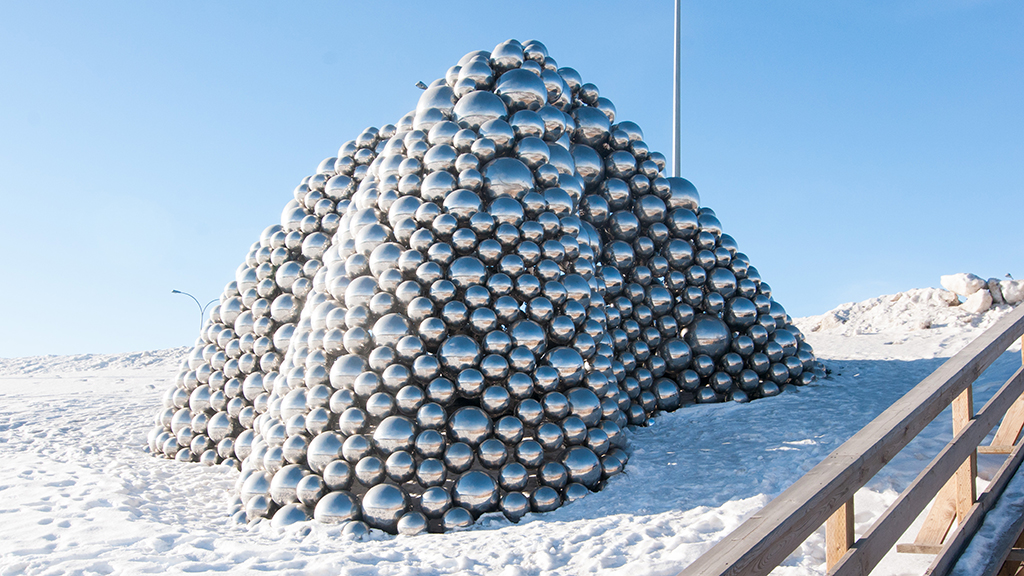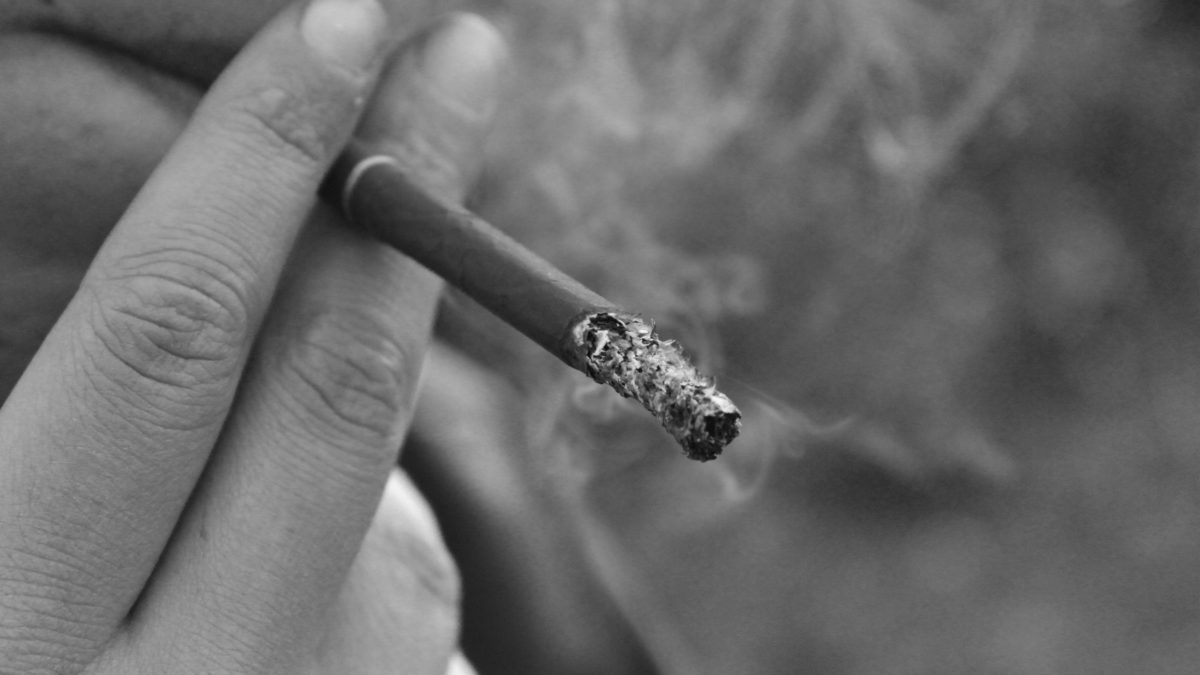Point/Counterpoint: Judging the new public art planned for Edmonton’s downtown arena
 Andrew Jeffrey
Andrew JeffreyPublic art can spark inspiration and be tremendously useful to a city
by Lisa Szabo
Public art can be a bitch. We all know how well the Talus Dome’s steel balls turned out. And the weird rag doll feet. Oh, and those other shiny red feet. What’s with all the feet? But undoubtedly the problem with much of Edmonton’s public art thus far isn’t so much that it’s bad, it’s just misunderstood.
Many public pieces have been erected and abandoned with little insight into their meaning, leaving many/most/all Edmontonians scratching their heads and wondering what the fuck that thing is doing there.
However, if made accessible, public art can be extremely useful for depicting history, enlivening culture, and inspiring social change. We have some pretty cool futuristic pieces on the Ambleside eco station that, aside from livening up the building’s exterior and giving you something nice to look at, depict sweet sci-fi looking creatures in a natural environment. Artist Brandon Blommaert created sculptures out of garbage and digitally inserted them into real photographs of Alberta landscapes to promote re-using and recycling waste. While this information doesn’t automatically transmit itself through your radio system as you drive by (which would be so cool), it’s not hard to understand the artist’s intention from just viewing the pieces for yourself. Ambleside’s five large murals encourage Edmontonians to reconsider what we see as waste, creating a more contemplative consumer. After all, isn’t that the point of art, to change the way we look at the world?
So with the new arena in the works, and the call for art issued by the Edmonton Arts Council, we can look forward to three new sculptures in our city’s landscape, I for one just hope they can be understood by the general public. Many Edmontonians think these pieces are a waste of money, but the building’s modern face and expensive art may be the only good thing hockey fans see on game day. There have been more than a few (hundred) games played by the Oilers in the past season or two (or three or five or eight) that have caused fans to prematurely walk out of the arena in a rage. Who knows, in 2016, as they storm out of a 5-0 game, they might make it to a 50-foot tall statue of a misshapen goalie pad and keep on trucking right past to their white Dodge Rams. But we hope for the sake of city pride that they instead come upon a heroic bronze of Grant Fuhr with a freshly saved puck in his glove, and remember the glory days before turning their asses around and marching back inside to throw some beer at a Flames fan.
Downtown arena art must be simplified for everyone’s understanding
by Josh Greschner
What should the new art be at the new arena?
It’s obvious that the general public of Edmonton has very little interest in design fundamentals or post-Deleuzian aesthetico-rhizomaticology (much to my dismay).
But my opponent assumes that Edmontonians interpret the art as she does. Of course, “to promote reusing and recycling waste” was Blommaert’s intention (probably what was written on the contract), but some (most) Edmontonians of amoebic mind could look at those images and still not come to any solid conclusion about what such artwork is meant to convey. Placing this artwork in an Edmonton arena overestimates the interpretive ability of heathen hockey fans. So, the new art at the new arena should embody what this example tries to do: make the meaning of a piece of art so simple that it’s absolutely impossible to deny it. (“How?” comes later.)
Regarding the new art at the new arena, there are certain issues to address beyond simply understanding meaning. We mustn’t assume a static art can capture someone’s attention, when one can simply look away, ignore them and the art might as well be dead. Statues are liable to be ignored like Lucy the Elephant, and only remembered when someone wants to move it or something is wrong with it. The new art must perform an action that arrests the viewers’ attention. (“How?” comes later.)
Further, art indeed can inspire social change. But the revolution will not start at the arena. After watching the Oilers lose miserably, Edmontonians don’t want art that challenges their worldview. They want something that confirms their ideology.
Naturally, rage is the only constant in the existence of an Oilers fan. So, let us marry the undeniably simple meaning of the new art to pure, unbridled rage. Let us also marry the aforementioned action and reassurance of ideology to this new art.
We can put this polygamous concept into practice through a participatory junkyard. At the new arena, artists will, before every Oilers game, produce sculptures constructed of anything noisy when smashed: glass, clay, steel, etc. After their Oilers lose, the plebians, may with hammers available at the gate, express their rage onto these creations in destructive, performative, artistic form. Action? Yes. Confirming ideology? Yes. Raging at stuff is the only possible meaning.
The sculptures must be symbols provoking unanimous, virulent rage, such as Kevin Lowe’s balding head, Lanny McDonald’s moustache, Justin Trudeau, etc. To please purveyors of a discourse of “jobs” on city council, we will hire a horde of cleaners, of sculptors, and later, of security guards as the junkyard will become such a popular attraction, Oilers fans will forget their misery and desire to expend money on breaking shit. The project will pay for itself.
Thus, a new art is born.




